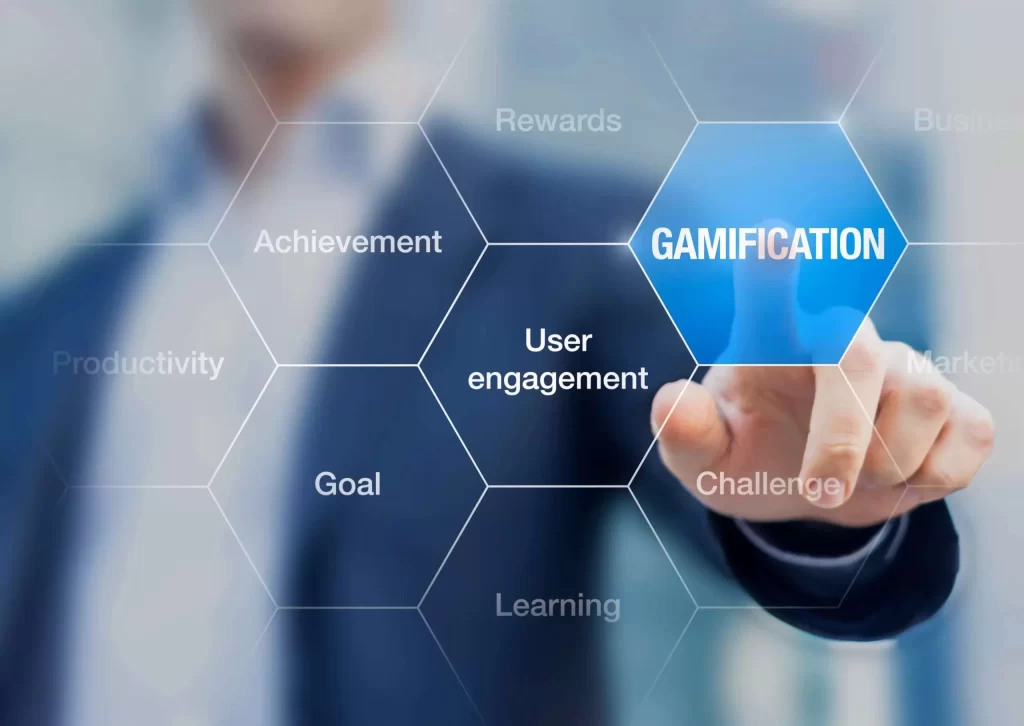Reading time : 5min
Start with your learners to offer them a personalized experience
The trap of gamification is to forget that the initial goal is to teach, to transmit, to train veterinary learners. Before you think about the game mechanics and fun features you could add to your training modules, focus first on future users of your e-learning course.

Understanding your learners is key
The goal is to rely on cultural codes or references that will “talk” to your learners. This depends a lot on their age, their socio-cultural background, but also on the culture of your company or organization. Understanding your learners is the key, whether they are specialists, veterinary students, delegates…
This requires you to ask yourself:
- Who are my learners?
- What are their needs and objectives?
- What motivates them?
- What would stop them: a lack of will (time) or command (ability)?
- What is their style of play (solo, competitive, cooperative)?
It’s only after you’ve targeted your audience to provide them with the most personalized experience possible that you should start focusing on the game elements.
Stay focused on educational goals
Gamifying your digital training to the extreme is useless if in the end all your learners remember is that they had a lot of fun! Gamifier isn’t like designing a game in its own right, it’s simply about using game mechanics and codes to make your digital learning more attractive and engaging.
The ultimate goal is to improve the learning process and thus make it more fun and engaging, but not to replace learning with play. In other words, gamification is used to engage and motivate learners, with the aim of facilitating the achievement of your educational objectives.
So it’s a question of asking yourself:
- What are your educational goals?
- What content do you want and is it possible to gamify?
- Are the educational objectives clear to everyone, especially to your learners?
These are all questions you need to bear in mind throughout the process of creating your e-learning course.


Are you getting caught up in the game?
Once you have studied your learners well, have clearly articulated your strategic and pedagogical objectives, and ensured that a gamified approach is well-matched with your educational strategy, you can finally think about the different game elements that you think are relevant to your digital training.
Here again are some tips we can give you:
- Challenges or missions are indeed excellent ways to test skills and learning.
- Don’t forget to provide positive feedback to your learners.
- Finally, don’t hesitate to also use storytelling.
Gamification may be a system that encourages the participation and commitment of your learners, but it is not enough to guarantee that. In reality, only the pedagogical quality of your training will really make a difference. There is therefore no magic recipe for gamification but rather a range of factors.
To be effective, your approach must be customized with:
- Intelligent scripting
- A universe as close to reality as possible
- Appropriate feedback
- Levels corresponding to educational progression
- Trials
- A rewards system that makes sense for your learners
